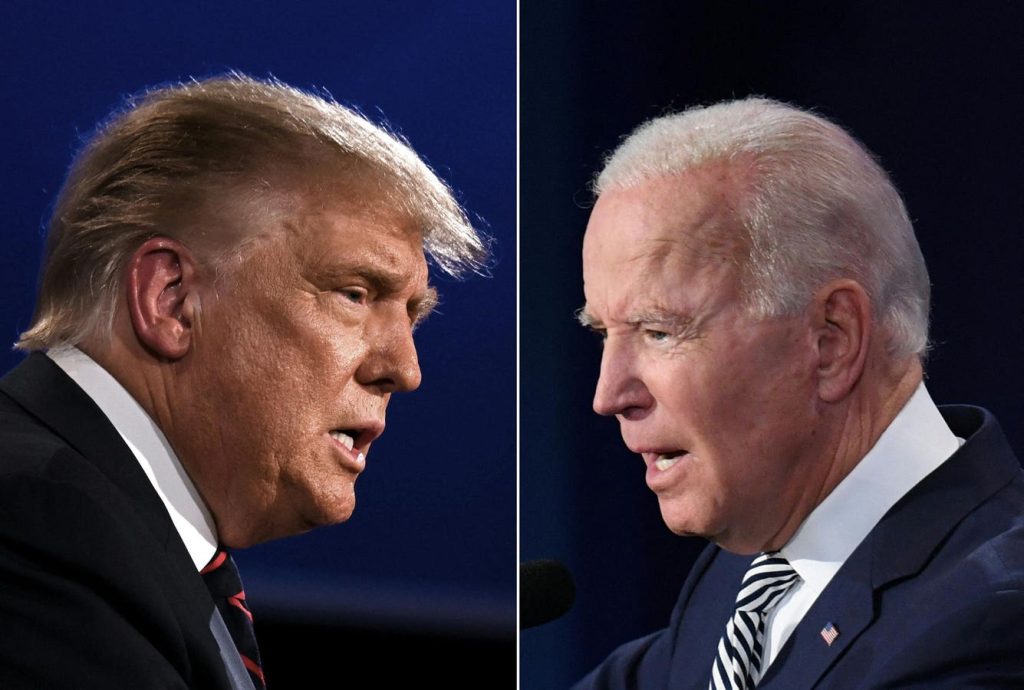The looming expiration of an extension on paused actions against defaulted federal student loan borrowers signifies a potential financial crisis for millions. This extension, the final reprieve before stringent collection efforts resume, is set to expire in early January 2025. Borrowers in default have crucial decisions to make in the coming months, as their choices will significantly impact their financial futures. While options exist to rehabilitate their loan status and regain access to affordable repayment plans and potential loan forgiveness, inaction could lead to dire consequences, including severe credit damage, hefty fees and penalties, and aggressive involuntary collections.
The COVID-19 pandemic triggered a period of unprecedented relief for federal student loan borrowers. Starting in March 2020, collections activities were halted, and interest accrual was suspended for government-owned federal student loans, later expanding to include FFEL-program loans. While initially intended as a six-month measure, this forbearance was repeatedly extended by both the Trump and Biden administrations. The forbearance finally concluded in the fall of 2023, with most borrowers resuming repayment. However, the Biden administration implemented two concurrent programs, Fresh Start and the “on-ramp” initiative, to smooth the transition. Fresh Start offered defaulted borrowers a year-long reprieve from collections, removed negative credit reporting, and provided a path to reinstate their loans. The on-ramp program prevented borrowers from defaulting by converting missed payments into retroactive forbearance. Both programs lasted 12 months beyond the initial COVID-19 forbearance.
Despite the end of Fresh Start and the on-ramp initiative in the fall of 2024, the Biden administration granted a further extension on collections pauses until the end of the year. However, the resumption of collections efforts is anticipated in early 2025, possibly as early as January, with no indication from the incoming Trump administration of further extensions. The implications for borrowers remaining in default are significant and multifaceted.
The resumption of standard collections procedures will expose defaulted borrowers to a range of severe consequences. Negative credit reporting will resume, potentially impacting credit scores and hindering access to essential financial products like apartments, car loans, and mortgages. Employment prospects, especially in finance, government, and law, could also be affected, as defaulted student loans often appear in background checks. Furthermore, borrowers may be disqualified from receiving future federal student aid. In addition to credit damage, substantial collection fees and penalties, sometimes reaching 25% of the loan balance, could be levied.
Beyond fees and credit damage, the federal government possesses potent administrative collection tools. Unlike private lenders, they can compel repayment without resorting to lawsuits. Wage garnishment, seizing up to 15% of a borrower’s paycheck, and Treasury Offset, intercepting federal tax refunds and other income streams, including Social Security benefits, are among the tools at their disposal. While less common, litigation remains a possibility. The government may pursue lawsuits against borrowers, particularly those believed to possess additional undisclosed income or assets, to secure judgments enabling property liens, bank account attachments, and asset seizures.
Despite the impending resumption of collections and the associated risks, borrowers in default retain options for resolving their situation and reclaiming their financial standing. While the Fresh Start program is no longer available, rehabilitation and consolidation remain viable pathways. Rehabilitation involves entering into a repayment agreement with the loan holder, making nine timely payments over ten months based on the borrower’s income. Successful completion restores the loan to good standing and removes the default record from the credit history, although the record of missed payments might persist. It’s important to note that rehabilitation is a one-time opportunity.
Consolidation, another avenue, involves combining existing federal student loans into a new Direct Consolidation Loan. Choosing an income-driven repayment plan for the new loan eliminates the upfront payment requirement of rehabilitation. However, consolidation may not offer the same level of credit repair as rehabilitation, and existing Direct Consolidation Loans cannot be reconsolidated without additional loans to include. Beyond these two primary options, borrowers might qualify for administrative discharge programs, such as Total and Permanent Disability or Closed-School Discharge. Settlements are also a possibility, but they are governed by stringent guidelines, often requiring a lump-sum payment that might be unaffordable for many.
In summary, the impending resumption of collections activities for defaulted federal student loans presents a critical juncture for millions of borrowers. The potential consequences, ranging from damaged credit and substantial fees to wage garnishment and legal action, underscore the urgency of addressing defaulted loan status. While the Fresh Start program is no longer an option, borrowers can still utilize rehabilitation or consolidation programs to regain good standing, access affordable repayment plans, and potentially pursue student loan forgiveness. It is crucial for borrowers to understand their options, act proactively, and seek guidance to navigate the complexities of student loan default resolution. The choices they make in the coming months will significantly impact their financial well-being for years to come.

